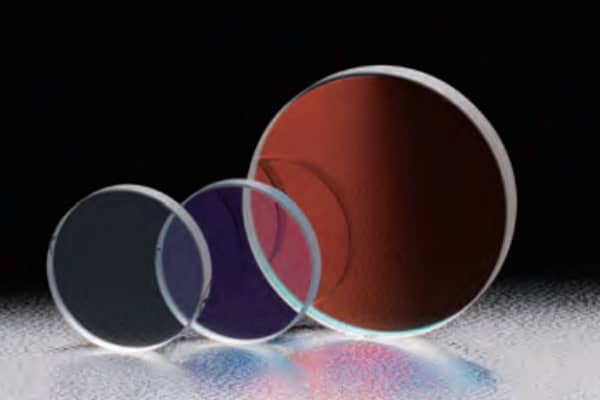Fusion Splicing in Optical Fiber:
The fusion splicing technique results in a permanent connection between two optical fiber cables. The joint created between two fiber optic cables in this technique has a longer life and less attenuation. The two main cores of fiber optic cables are fused or joined thermally or electrically. This means that an electric device or electrical arc is used to fuse two fiber optic cables and create a connection between them. Although this process is quite an expensive one and works for a longer period.
In the process of fusion splicing, a device known as a fusion spicer is used to join two optical fiber cables by aligning them properly. Therefore, with the help of an electric arc, cables are joined or fused together to form a connection between them precisely. The precision optical components has optical thin film coatings on it, to know about the functioning of this coating, one can visit pfg optics.
The heat produced by the electric arc can give a transparent and continuous non-reflective connection between two optical fiber cables with low focus and insertion loss. The loss of light will be low in this technique. So, this technique is most widely used and it is quite expensive in comparison to the technique of mechanical splicing of fiber optic cables. In the process of fusion splicing machine is used to precisely align the two fiber ends, then the glass ends are "fused" or "welded" using some sort of heat or electric arc.
Difference between Fusion Splicing and Mechanical Splicing:
Economic (Cost) is the primary reason for choosing one method over the other method. Since the initial investment of Mechanical Splicing, the method is quite low which is approximately $1,000 - $2,000 but it cost more per splice which is approximately $12 - $40 each.
While the cost per splice for fusion splicing is low ($0.50 - $1.50 each), the initial investment is high ($15,000 - $50,000 depending on the accuracy and features of the fusion splicing machine being purchased).
On the basis of the performance of each splicing method, the decision depends on the industry in which the techniques getting applied. Fusion splicing produces less loss and less back reflection than mechanical splicing because the resulting fusion splice points are nearly seamless. In the case of single-mode fibers, the method of fusion splicers is used whereas the mechanical splicers are compatible with both single and multi-mode fiber.
